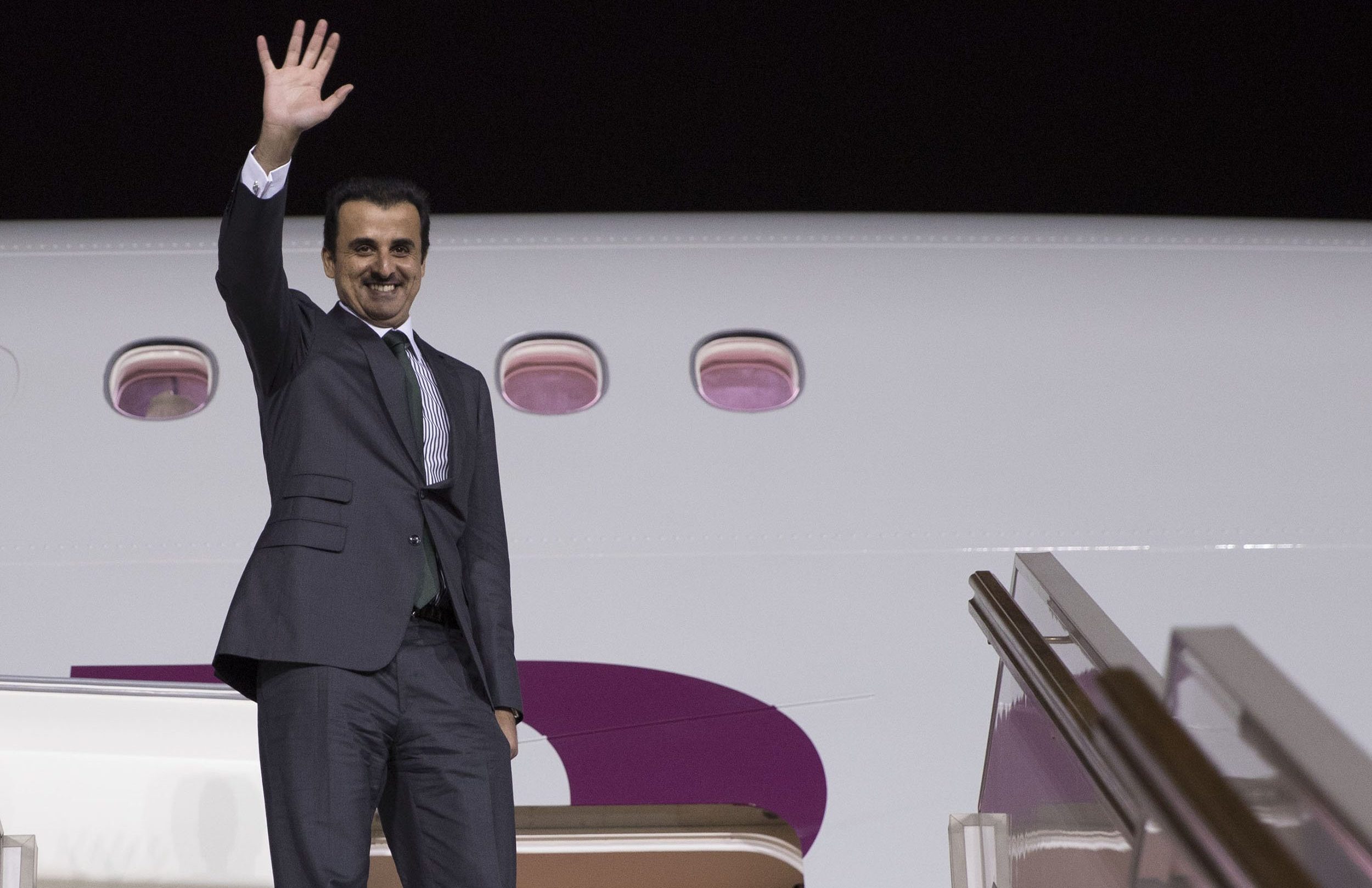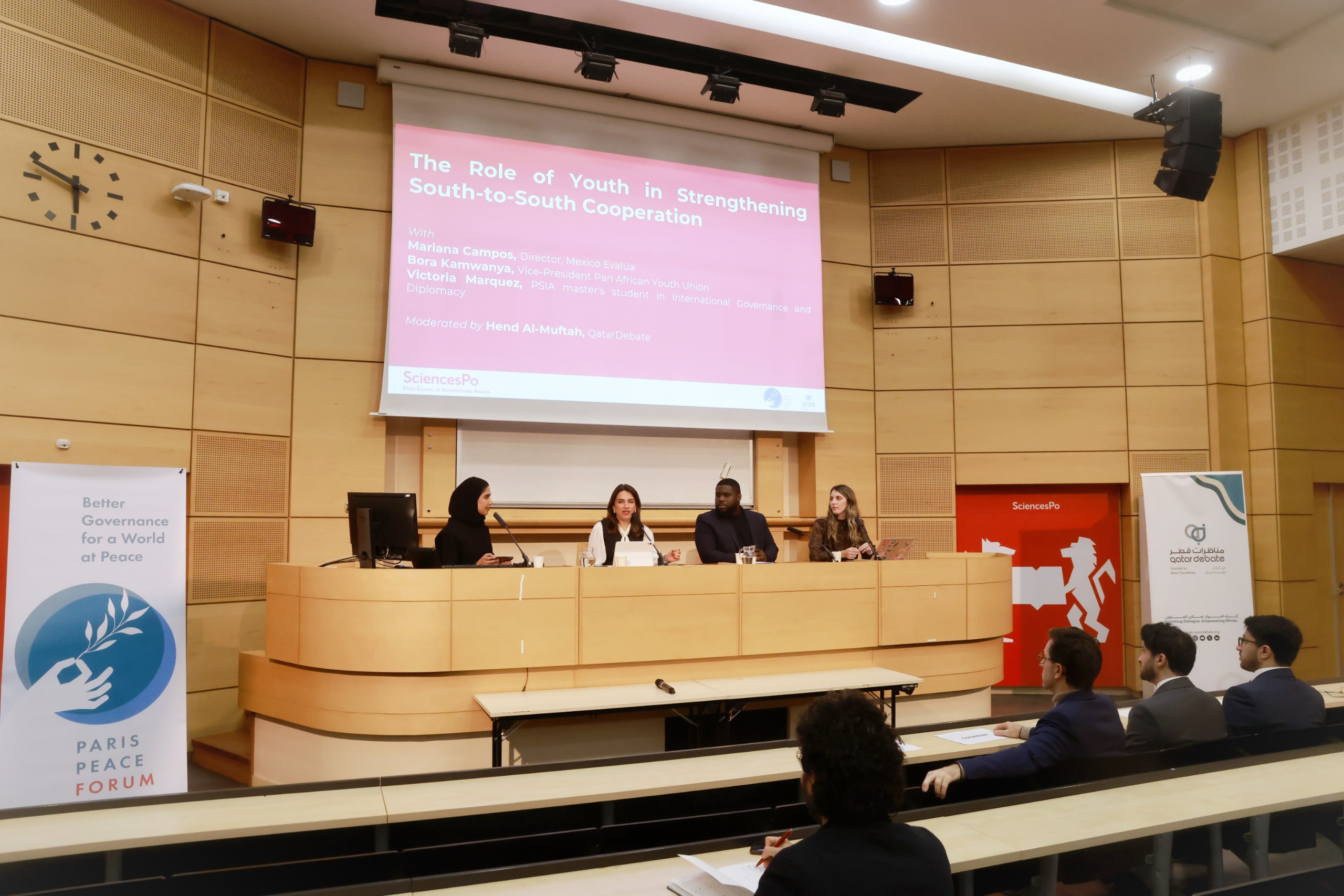Continued investment in CCUS projects could help create more jobs and stimulate economic growth, said GECF.
Qatar’s North Field East LNG liquefaction project is expected to play a key role in reducing carbon dioxide emissions, with the project predicted to capture and store 2.9Mt CO2 per year, according to the Gas Exporting Countries Forum (GECF).
This announcement comes at a time when Carbon Capture, Utilisation, and Storage (CCUS) investments are on the rise globally, with the International Energy Agency (IEA) estimating that these investments will reach $1.8bn in 2022, followed by a sharp increase over the next two years to reach $40bn by 2024.
A significant increase in the development of CCUS projects has been seen in recent years, with a growing focus on decarbonisation pathways.
As of 2022, around 200 new carbon capture projects have been announced under different stages of development, with an aggregated capturing capacity of around 240 tonnes of carbon dioxide per year.
This represents a 44% increase compared to the number of projects in 2021, indicating a growing interest in CCUS as a pathway for achieving emissions reduction, while also supporting economic growth and a just transition.
Currently, there are around 30 operational facilities using CCUS on a commercial scale, with a focus on industrial operations, power generation, and fuel transformation. Additionally, there are 75 projects in the early development phase, 78 projects in an advanced development phase, and 11 projects under construction.
However, in 2022, only 19 commercial CCUS projects under development have taken final investment decision (FID), including the Petronas Kasawari CCS project off the coast of Sarawak, Malaysia, which is considered the world’s largest offshore CCUS project, with a capturing capacity of around 3.3 million tonnes CO2 per year.
Over 100 projects may be sanctioned in 2023, indicating a significant rise in the CCUS portfolio.
The US has the largest share of capturing capacity for operational CCUS in 2022, with more than 50%, followed by Canada and the Asia Pacific. The CCUS projects under development are distributed over 30 countries with some projects in different phases of progress.
According to the IEA’s Carbon Capture, Utilisation and Storage 2022 report, the US has about 80 projects under development through 2030, with a total capturing capacity of 100 million tonnes per annum, which would increase the US capacity in CCUS five times.
Canada is also working on enhancing its CCUS deployment, with about 15 projects under development, according to the GECF. The organisation predicts that CCUS investments will play a critical role in meeting global climate targets.
“The need for CCUS has never been more urgent,” said the GECF.
“As the global energy transition accelerates, the importance of CCUS in reducing emissions and decarbonising the economy has only become more apparent.”
The GECF added that continued investment in CCUS projects could help to create jobs and stimulate economic growth, particularly in regions where fossil fuel production is a significant source of employment.
Overall, the increasing focus on CCUS as a decarbonisation pathway indicates that the technology is likely to play a significant role in meeting global climate targets in the coming years. With the number of CCUS projects under development on the rise, the industry is poised for rapid growth in the near future.







